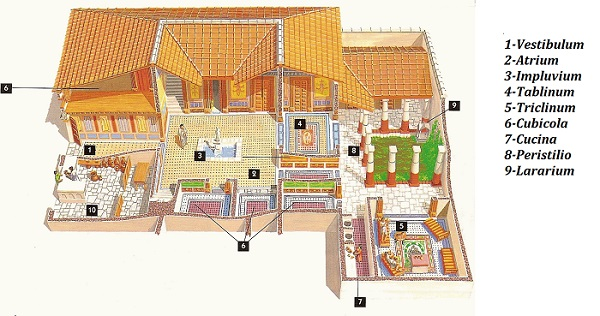



The results imply a transformation in Western Europe from the end of the 10th century with steeply gathering momentum, culminating in the great boom of the 12th century. This is the first attempt to resolve the methodological challenges entailed in systematically gathering, organising and analysing this information at a supra-national scale. Across this long and economically formative, but relatively poorly documented era, they are among the few artefacts that can be quantified consistently. Data on the construction history of 1,695 major churches in present-day Italy, France, Switzerland, Germany, the Low Countries, and Great Britain are used to infer the trend and pattern of economic activity between 7 CE. In a Christian age, churches reflected societies’ material resources as well as their religious and cultural aspirations. Gregory's preface to Book 5 of his History, and his frequent pleas against feuding, show his concern as to how the familia Sancti Martini could perform an annealing function for society, mitigate the more rebarbative elements of the feud, and leave the Church in a strengthened position in society. The works of Gregory of Tours contain such an idea built around his patronus, St Martin. As a voluntary association based on the celestial it would have the added benefit of being a familia everlasting, and endlessly elastic. Such an entity would have the benefit of building a support group for the Church that could cut across the existing family lines and thereby weaken their impact. An answer might be found in a competing kindred structure: the family of the saint. In this milieu the fragmentation of power and the propensity for spoliation of church lands posed a severe problem for ecclesiastical survival. In the post-imperial world of sixth-century Gaul, the Church found itself competing for allegiance with strengthened local family groupings as well as royal households.


 0 kommentar(er)
0 kommentar(er)
